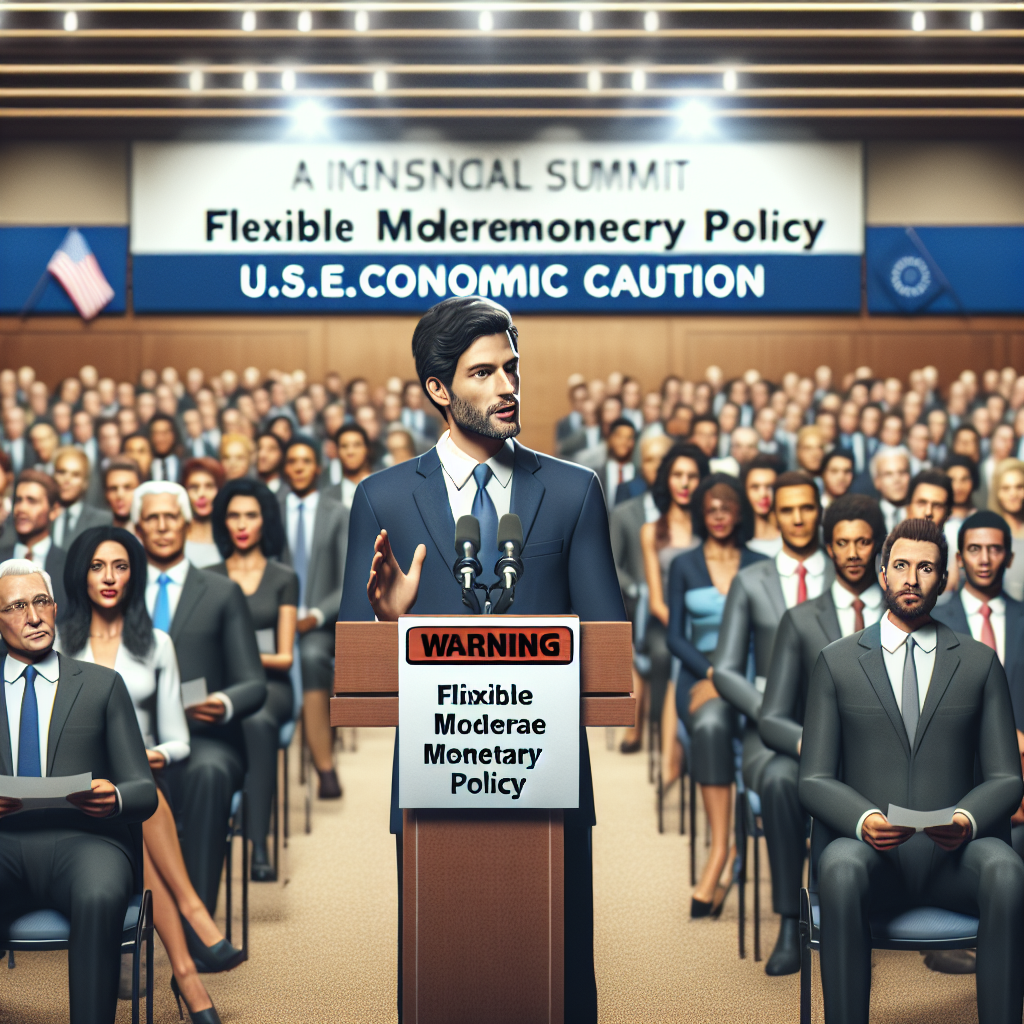On Friday, August 22, Federal Reserve Chairman Jerome Powell spoke at the Jackson Hole Economic Symposium. According to the speech released in advance on the Federal Reserve website, Powell emphasized that monetary policy will demonstrate moderate flexibility.
He issued a warning about the U.S. economy, tariffs, and immigration policies, but also expressed confidence in the resilience of the U.S. economy.
Powell pointed out that inflation risks are tilted to the upside, while employment risks are tilted to the downside. In a situation where inflation is weakening, the U.S. unemployment rate has increased by nearly one percentage point, a scenario that has never occurred in history except during economic recessions. Currently, the labor supply has weakened.
He mentioned that there may be a need for rate adjustments due to risk shifts, and the Federal Reserve may cut interest rates at its meeting in September, although he did not commit to a definite rate cut. Subsequently, market traders increased their bets on a rate cut in September.
Here are the key points of Powell’s speech.
Powell noted that the U.S. economy has shown resilience in the face of major policy changes such as trade and immigration policies, but growth has slowed. The GDP growth rate for the first half of 2025 was 1.2%, lower than 2.5% in 2024, with the slowdown primarily attributed to consumer spending.
Similarly, there is a certain level of uncertainty in the U.S. economy. He mentioned that the trade war (high tariffs) and tightening immigration policies have led to a slowdown in both labor and economic growth, affecting supply-demand balance and increasing economic uncertainty.
The U.S. labor market is nearing full employment, with the unemployment rate remaining steady at 4.2%, a historically low level. However, job growth has significantly slowed, with an average monthly addition of only 35,000 jobs in the past three months, far below 168,000 in 2024.
Powell indicated that labor supply has weakened due to reduced immigration, and demand has also slowed, resulting in a “peculiar balance” in the labor market. He warned that the downside risks in the job market are escalating, which could quickly translate into increased layoffs and rising unemployment.
Inflation has eased from its post-pandemic peak but remains above the 2% target. In July, the total personal consumption expenditure (PCE) price index increased by 2.6% year-on-year, while the core PCE rose by 2.9%.
Powell believes that tariffs have raised prices for certain categories of goods. However, housing service inflation is declining, while non-housing service inflation remains slightly higher than previous levels.
He stated that the long-term inflation expectations in the U.S. are expected to remain stable, with market and survey data indicating alignment with the 2% target, but short-term expectations may rise due to tariffs.
Powell mentioned that the impact of tariffs on consumer prices is already evident and is expected to accumulate in the coming months. Price hikes caused by tariffs will continue to affect supply chains, leading to a “one-time” price level adjustment.
He particularly emphasized that a “one-time” adjustment does not mean “all at once.” However, if inflation expectations become unanchored, it may lead to persistent inflation risks that require close monitoring.
The federal funds rate currently ranges from 4.25% to 4.5%, considered “moderately restrictive.” Rates have been cut by 100 basis points over the past year, approaching a neutral rate.
During his speech, Powell expressed willingness to cut rates but did not explicitly commit to a rate cut in September. He reiterated that monetary policy has no preset path and will be determined based on data and economic outlook.
He mentioned that inflation risks trending upward and employment risks trending downward coexist, requiring a balance of the dual mandate (full employment and price stability). If employment risks materialize, policy adjustments may be necessary.
Due to the uncertainty of tariffs’ impact on inflation, the Federal Reserve leans towards a “wait-and-see” approach, waiting for more data (such as employment and inflation reports) to evaluate the long-term effects of tariffs on prices and the economy.
Regarding the monetary policy framework, Powell proposed the following adjustments.
First, remove the focus on the effective lower bound of rates: No longer emphasize the effective lower bound (ELB) as the main challenge and shift to a policy framework applicable to a broad economic environment.
Second, abandon the average inflation target: Cancel the 2020 “compensation strategy” (allowing inflation to moderately exceed 2%) and return to a flexible inflation target, as high post-pandemic inflation levels indicate the strategy is not applicable.
Third, balance the dual mandate: When employment and inflation goals conflict, balance the two based on the extent of deviation and a timetable for returning to target.
Fourth, emphasize inflation expectations: Ensure long-term inflation expectations are anchored at 2% to avoid one-time price hikes evolving into persistent inflation issues.

